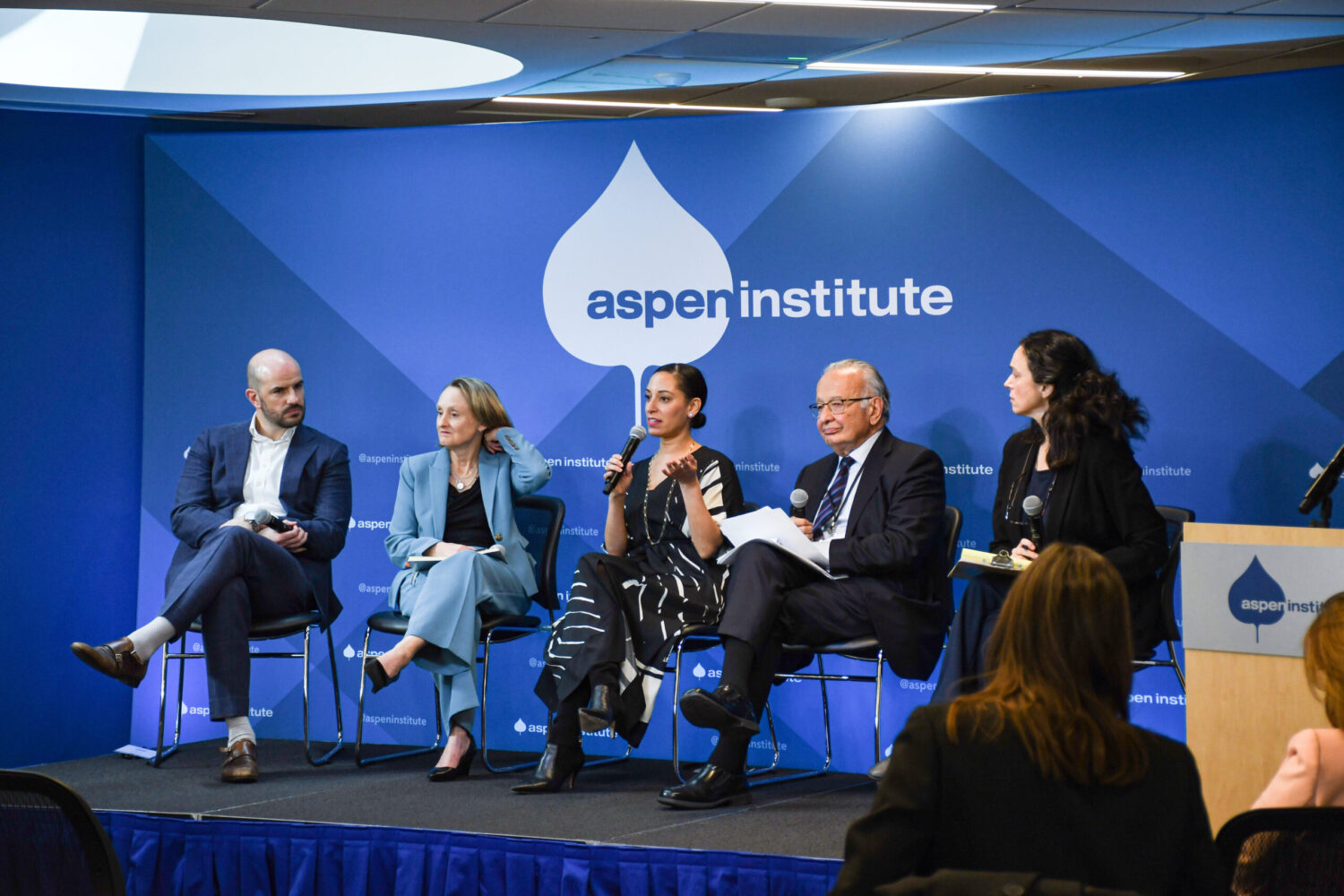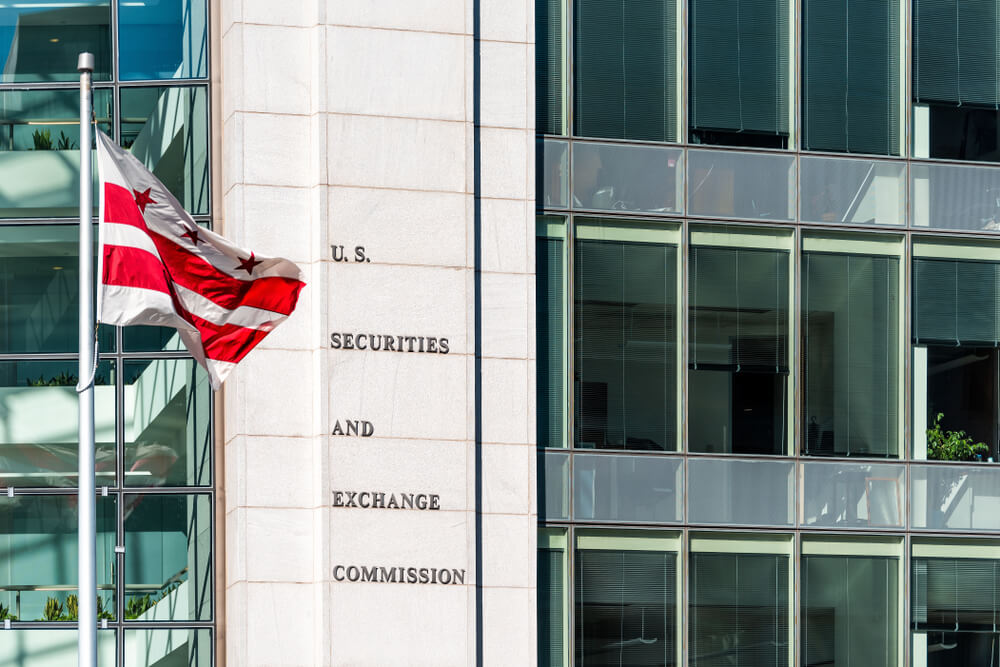The past year has been one of both exciting growth and unexpected challenges for the impact investing industry. Amid an uncertain macroeconomic forecast and complex geopolitical circumstances, the market eclipsed $1 trillion in assets under management for the first time. The field’s evolution has been driven by steady investor demand for impact and ESG products, increased focus on impact measurement and management, and of course, critical public policy developments.
The question on the minds of many leaders in this field is: “Where do we go from here?” The answer, I believe, is to drive toward more and deeper impact, taking care that the field scales with impact integrity.
The start of the new year provides a natural opportunity to take stock of progress to date across the field and the public policy landscape, as well as what it all means for our work in 2023.
ESG at a crossroads
Even before right-wing pundits began attacking “ESG,” the practice was already the subject of scrutiny and debate within our field. Much of the debate can be boiled down to the question: “What has ESG really accomplished?”
While there has undoubtedly been positive movement toward more corporate transparency and accountability–particularly around the disclosure of climate risks–there remains a significant gap between the rhetoric of ESG and the impact it has on systemic issues. Greenwashing, inconsistent messaging and a lack of standardization are just a few of the issues that a mature ESG industry will need to address.
Perhaps above all else, we need to be clear about what ESG is and what it is not. ESG is most effectively yielded as one tool among many for investors, companies and stakeholders alike to minimize risk and assess opportunities.
In contrast, ESG will not provide a holistic solution to issues like climate change. Suggesting it will plays to the arguments of critics. But if we learn from both the failures and the successes of this growing field, the practice can help to shift capital markets toward a future that prioritizes impact transparency, stakeholder accountability and economic resilience.
What recent victories tell us about progress toward stakeholder capitalism
Ultimately, moving capital markets will require ongoing support from policymakers. Setting aside invectives about “woke capitalism,” 2022 is likely to be remembered for the substantial global regulatory progress made toward more transparent and accountable capital markets. These developments in the United States and around the world have proven to be incredibly popular. Across political divides, the majority of Americans believe companies should prioritize the economic security of their workers and be transparent about their impacts on society. But for policymakers to get their proposals across the finish line in 2023, they will need the continued support and engagement of champions in the private sector.
For instance, the Securities and Exchange Commission (SEC) has signaled that the final version of what has come to be known as “the climate rule” – disclosure requirements for public companies on their climate risk exposures – could come in April. The previous public comment period on this proposal revealed broad support across investors and other stakeholders, who are eager for clear, comparable, decision-useful data in areas like corporate greenhouse gas emissions.
Investor and business groups have also been calling on the SEC to pursue human capital management (HCM) or workforce disclosures on factors like compensation and diversity. In December, I had the opportunity to testify before Congress in support of standardized and decision-useful corporate HCM disclosures. A proposal on this topic has been repeatedly delayed, but the SEC has indicated it will also act on this issue by April.
Communities take center stage and industrial policy remains a compelling bipartisan frame
And while a divided Congress means that the next two years of policymaking will be dominated by regulation and enforcement, we see real opportunities to generate bipartisan support for compelling policy ideas related to empowering workers and investing in community resiliency.
One of the central thrusts of the Biden administration is a focus on equitable outcomes for historically underinvested communities and constituencies. In 2022, the Administration announced several new initiatives aimed at revitalizing underserved communities, including the cross-sector Economic Opportunity Coalition, the Interagency Committee on Community Investment and the Treasury Department’s Federal Advisory Committee on Racial Equity.
On the legislative front, Congress passed two hallmark packages in 2022 – the CHIPS and Science Act (CHIPS) aimed at supercharging the domestic semiconductor industry, and the Inflation Reduction Act (IRA), said to be the most significant climate bill in the United States to date. CHIPS and the IRA are just the latest in a suite of federal funds flowing trillions into infrastructure, economic development and climate solutions, including nearly $80 billion in place-based industrial policies. Of course, next comes the hard part – deploying the vast amount of federal funds effectively, efficiently and equitably so they reach the intended communities and generate the intended benefits.
More broadly, these developments point to a trend that is likely to continue: bipartisan momentum around industrial policy in which the federal government acts to spur economic development and support strategic industries. The COVID-19 pandemic and related economic challenges helped shed light on the gaps in U.S. supply chains, and CHIPS was the culmination of a years-long effort by Members of Congress on both sides to build up domestic production in an industry critical to national and economic security.
We must not stop there. Those in the impact investing community have the opportunity to advocate for a place-based industrial policy agenda that recognizes resilient, thriving communities as core to economic security and competitiveness on the global stage.
Join us for a deeper dive in February
This article only scratches the surface, and I am eager to hear directly from my peers on the milestones, field initiatives and policy conversations they see as critical to shaping the future of impact investing.
Follow along at ImpactAlpha’s ‘Policy Corner’ and register for the upcoming call on February 22 to join the conversation and hear from impact investing and advocacy experts on these major trends and predictions for the year ahead.
Fran Seegull is president of the U.S. Impact Investing Alliance.











